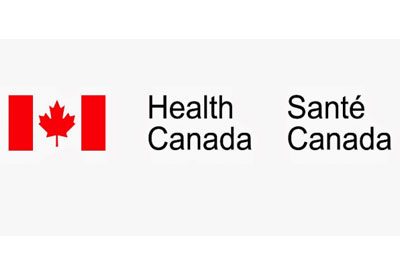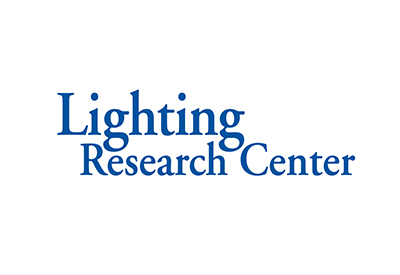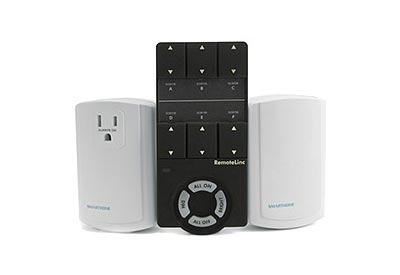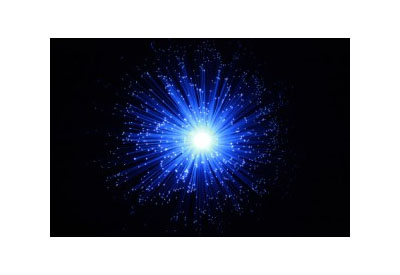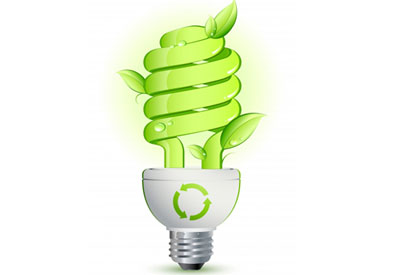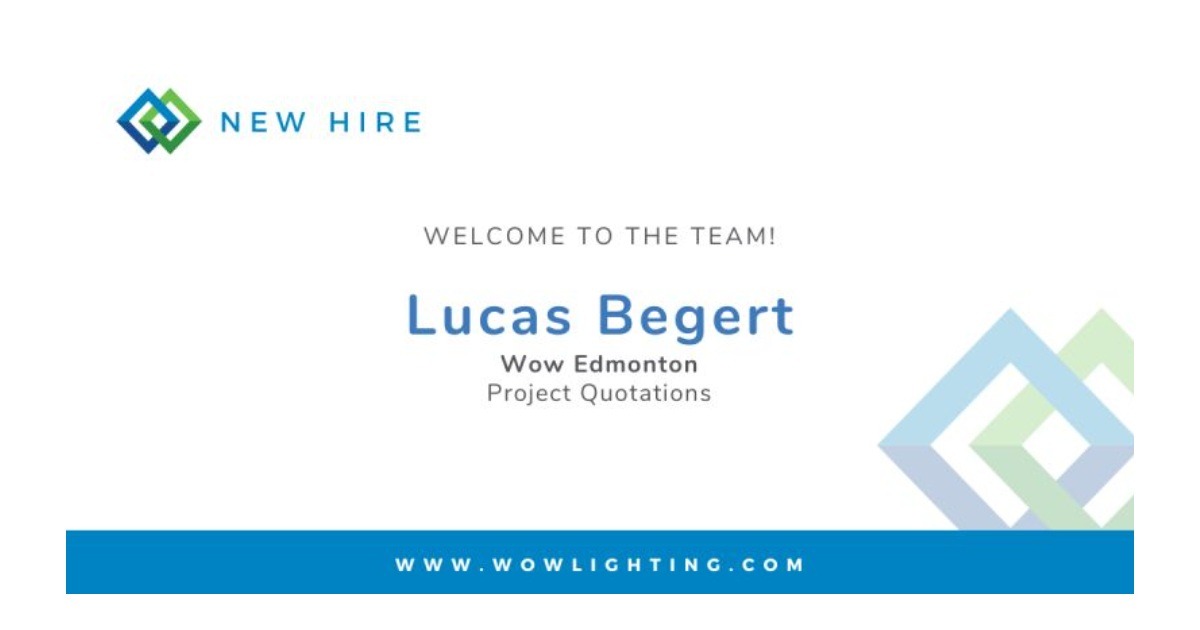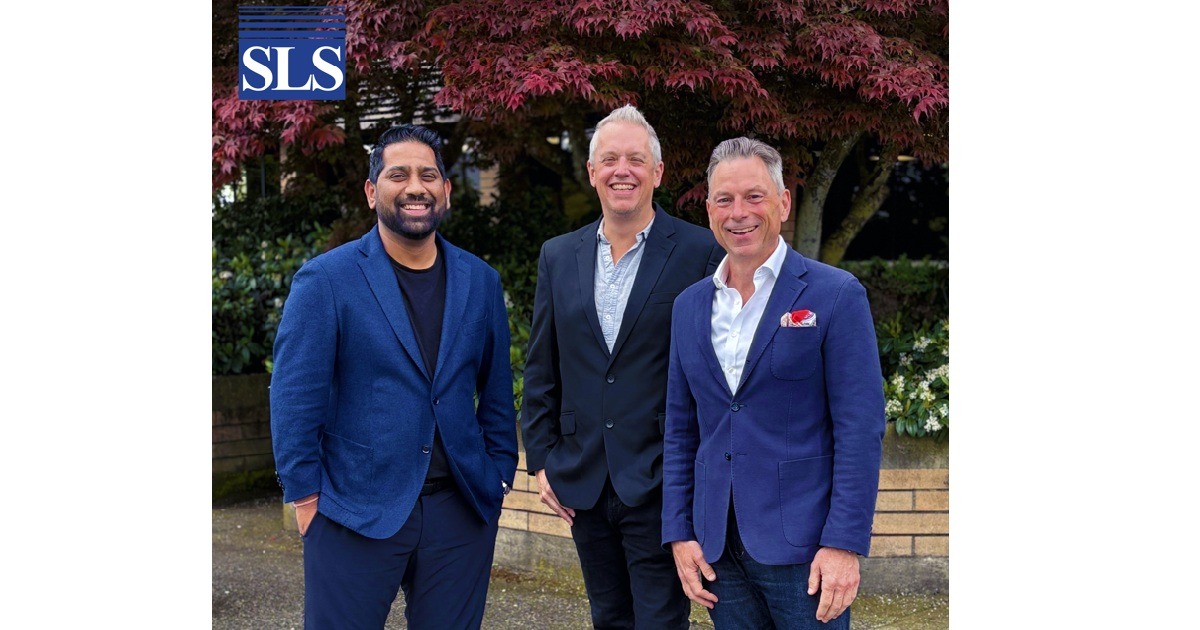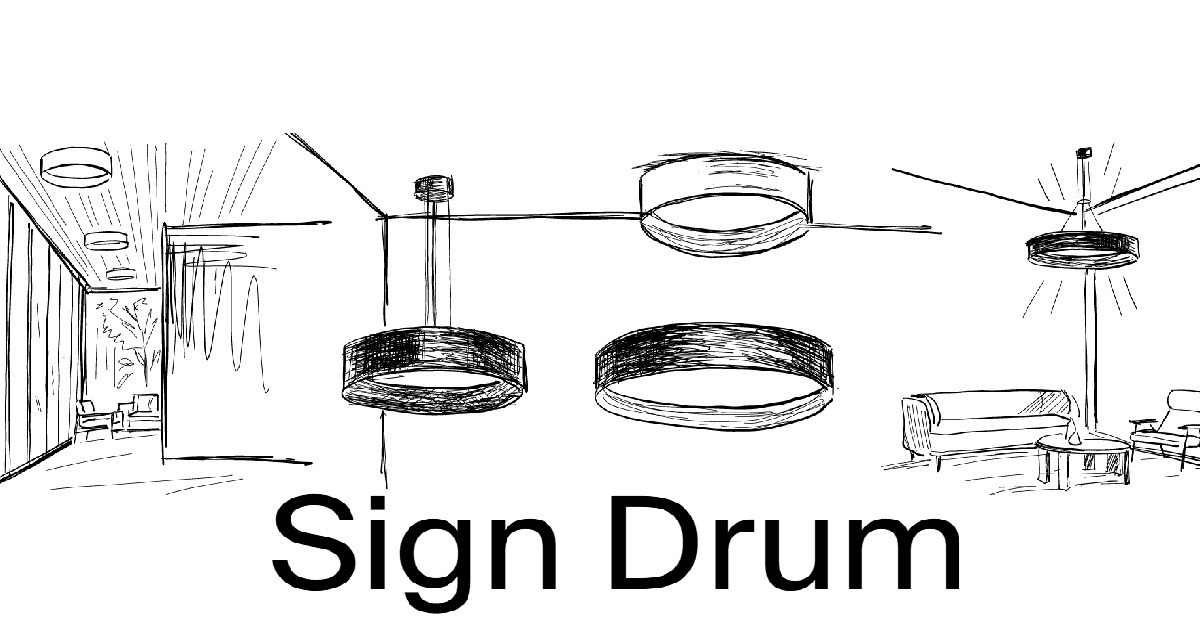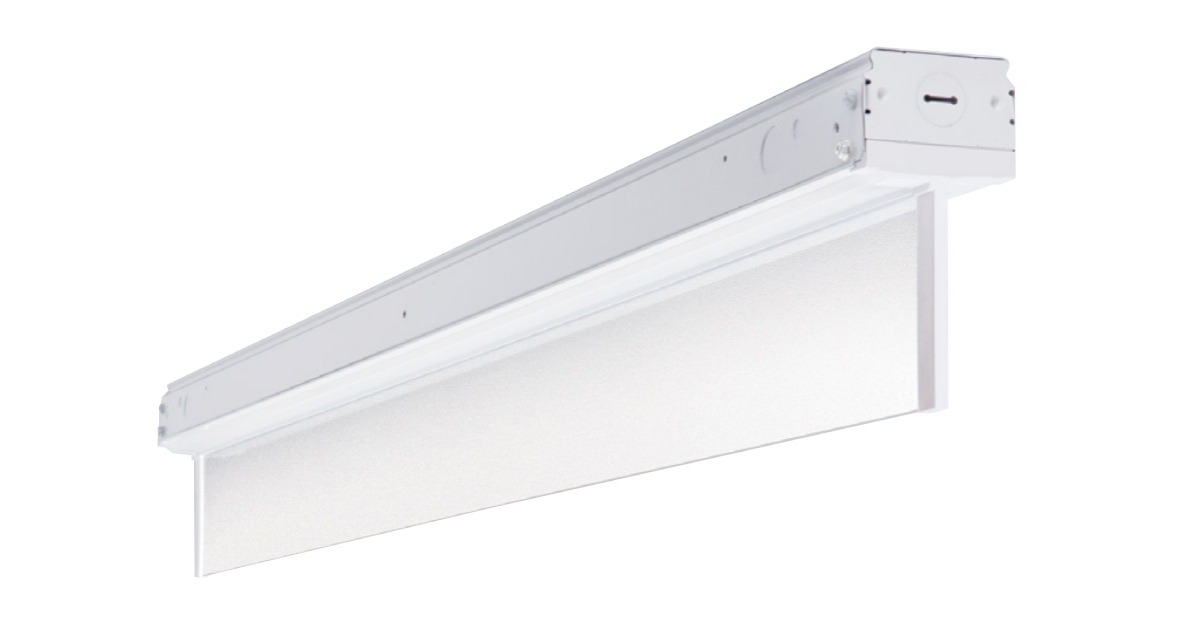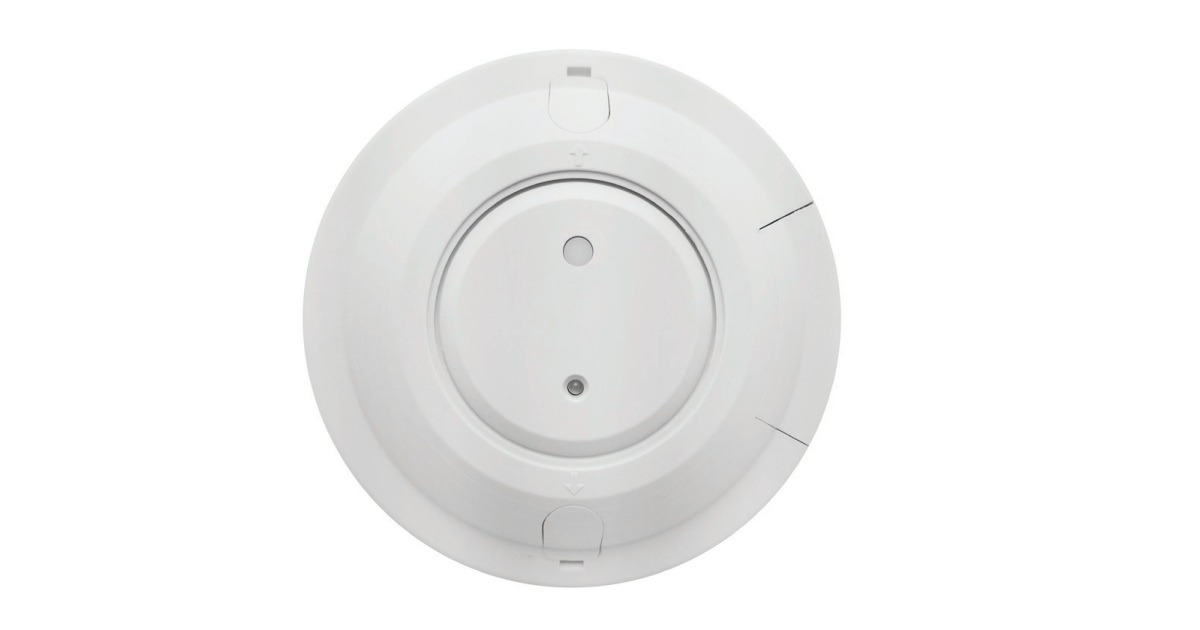A Qualitative Policy of Urban Lighting in the Master Plan: Elements of Composition and Light
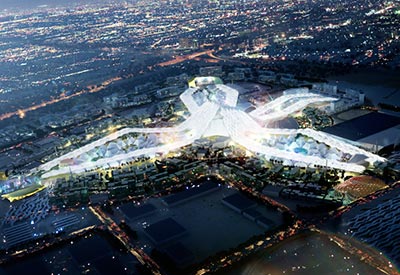
As previously seen, a contextual analysis establishes the repertoire and hierarchy of the elements of composition among roads, open spaces, buildings.
The analysis also helps to establish
• functional design criteria — daytime and nighttime perceptions of lightingfixtures, implementationof street lighting, mountingheight of light sources, lighting levels, uniformity
• programmable moods — objects to highlight,a hierarchy of sources,intensity and contrast, direction of the light flux
Both functionality and ambiance seek to make the location safe and comfortable. Can we also delineate areas where we want to protect the night sky, or where the ambiance has a critical effect on human activities?
Functional design criteria may seem obvious and objective. You can find recommendations easily in the IES handbook or other publications. However, be careful not to waste energy, create glare, or ruin efforts to create ambiance.
Natural light is as useful for safety as functional light. Remember that people in a car, on a bicycle or on foot lookstraight ahead, and light on vertical walls contributes as much as downlight to appreciating a space and feelingsafe.
Functional as street lighting may be, various approaches can express the geography of the site or the placement of traffic lanes, or influence driver behaviour. For example, parallel placement of street lights accentuates the perception of a slope, whereas staggered placementdiminishes our perception of the slope. Lamp posts with hanging lights placed at a height of 8 or 10 metres may encourage drivers to accelerate, while the implantation in alternation or uniform of a 5-metrepost top luminairewill lend a pedestrian feel to roadway and encourage drivers to slow down.
Ambiance is more subjective and often more interesting. The elements of composition that create ambiance are also more varied, and include such features as buildings, trees and bodies of water. Consider each elementrigorously.
For facades, it is important to consider, in my opinion, three aspects:
• the ground floor (from the ground to the entablature)
• the volume or the arrowof thebuilding (depending on type)
• the peak (cornice, steeple, dome… or nothing).
Furthermore, it must take into account materials, texture and hue.
For trees, take into account their essence — the shape (columnar, umbrella…), density of foliage, seasonal hues. Water can be treated in various ways. If there is a fountain, the density of the jets is the most important factor to determine the type of illumination. For a pond, consider the surface as a mirror: what will be reflected in the water or work best in water?
Gilles Arpin is a lighting designer. He has 30 years of experience as a technician, lighting designer, technical director, production manager and producer for various ballet, opera and musical productions. Since 1996 he has been interested in the lighting of public places and residential and commercial spaces, and founded the firm Éclairage Public. Several of his projects have won awards and recognition. View a project portfolio at http://www.eclairagepublic.ca/index.php/en/. Professional associations include the Illuminating Engineering Society (IESNA) section Montreal, IALD International Association of Lighting Designers, and IDA International Dark Sky Association.

